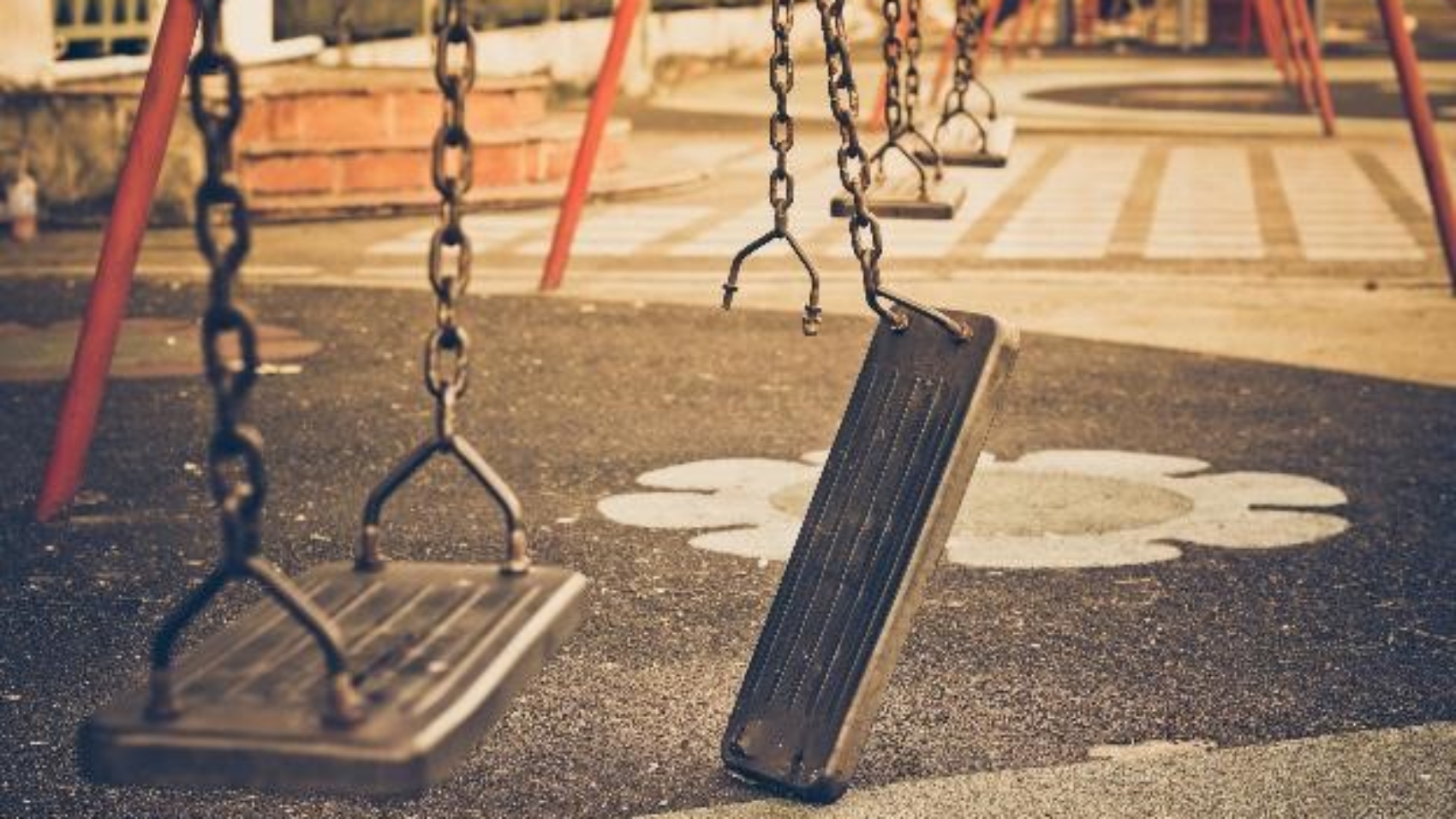The school year started with in-person classes in Broward County and Miami-Dade County today. In Miami, 350,000 students and about 18,000 teachers, including 300 new hires, returned to classrooms on Monday for their first day of the 2021-22 school year. In Broward, 257,000 students and 1,040 new teachers were hired for this school year.
“Today is the day, as I often say, is the equivalent of reawakening the sleeping giant from its summer nap: return to school,” superintendent Alberto Carvalho said Monday.
A new school year means a lot of different things for both kids and parents. Kids get to experience new teachers. Learn new things. Fret over changing social situations. Parents get to watch their kids continue to grow. Reclaim some of their time. Come up with new ways to make sure homework and studying are being done.
There’s one big thing about going back to school that impacts both kids and parents, though:
Safety.
We spend inordinate amounts of time making sure we have the correct school supplies and clothes. The right kinds of food for lunch. That we get out the door early enough to make it to school on time.
Compared to these things, safety tends to get the short shrift – and that’s a mistake.
While generally speaking schools tend to be fairly safe, there are still all kinds of ways that kids can get hurt either in class or going to and from school.
The best way to avoid injuries related to common back-to-school accidents is to know what they are and how they happen.
To and From School
Bus Safety
If your child rides the bus, make sure that they know how to behave in and around them. Never walk toward a bus unless it has come to a complete stop. Always cross in front of a bus rather than behind, and make sure you are at least 10 feet ahead to ensure the driver can see you. Stay in your seat whenever the bus is moving. Don’t stand up to get off until the bus has come to a complete stop. Keep your body parts in the bus at all times.
Caution for Pedestrians
The first rule of walking safety is that kids should never walk to school alone until they are old enough to do so. At a minimum, this means that they should be at least 10 years old. Even then, you should plan a walking route with your child and practice it together. Make sure that this route sticks to sidewalks as much as possible and avoids intersections. If possible, have your child walk with other children who also walk to school. Older kids should also be reminded that part of safe walking involves being alert – that means keeping their head up and their ears free to hear what’s going on around them instead of losing themselves in their phones or music.
Automobiles and Teens.
For both younger kids and teens, car crashes are the leading cause of death. If you or friends drive your children to school, make sure that everyone involved understands the importance of using appropriate child safety restraints at all times. Older kids and teens need to continue wearing seatbelts, and teens who drive themselves to school should have a refresher on safe driving techniques.
While at School
Playground safety.
Over 20,000 kids visit emergency rooms each year for playground accidents. Teach your kid to play safely and watch out for other kids while running around and climbing. Part of this is choosing age-appropriate equipment to play on. Not only does this mean they need to be old enough to engage in “big-kid” activity, but also the opposite – it can be dangerous for bigger kids to play on equipment meant for little ones. Also show them how to watch for potentially dangerous items, such as hooks and bolts that are sticking out or equipment that has rusted.
Sports Safety.
Hundreds of thousands of kids are injured in sports-related incidents every year, and many of these occur in school-sponsored sporting events. Many of these are freak accidents that would have been difficult to avoid, but it is still valuable to teach your child about potential dangers and how to protect their bodies, particularly as they relate to head injuries, such as concussions.
Health safety.
Schools are like giant petri dishes where illnesses grow and blossom quickly. While it is almost guaranteed that your child will end up sick at some point over the course of the year, there are still things you can do to minimize the risk. Make sure they know to wash hands frequently, especially before eating and after going to the bathroom. Teach them to cover coughs and sneezes. Get them vaccinated.
Follow these tips and your child is far more likely to get through the school year relatively unscathed – at least as far as illnesses and injuries are concerned. In the event that your kid gets hurt due to another’s negligence, learn what you can do to hold them accountable and fight for compensation.





